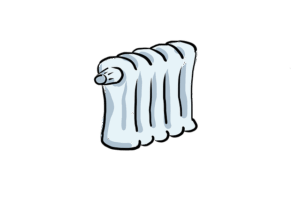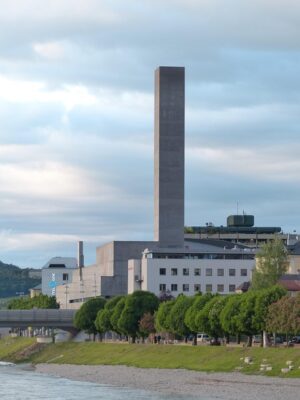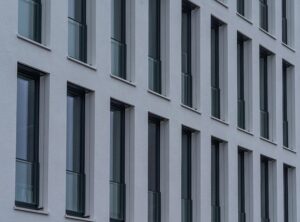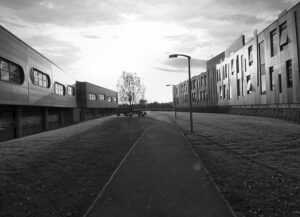Destratification fans disrupt thermal stratification, redistributing warm air evenly throughout buildings and enhancing comfort. They significantly reduce energy consumption in both commercial and industrial settings by optimizing air mixing, combating natural warm air accumulation at ceilings, and boosting HVAC efficiency without overloading cooling systems.
Discover how destratification fans, an innovative technology, are revolutionizing energy efficiency and slashing monthly utility bills. This article explores the science behind these fans, their remarkable ability to reduce energy consumption, and real-world success stories of significant cost savings. By implementing destrat fans, businesses and homes can navigate towards a more sustainable future while enjoying tangible financial benefits. Learn how this simple solution contributes to a complex problem in today’s world.
- Understanding Destratification Fans and Their Benefits
- How Destrat Fans Reduce Energy Consumption
- Implementing Destrat Fans for Cost Savings
- Real-World Examples of Utility Bill Reductions
Understanding Destratification Fans and Their Benefits

Destratification fans are a game-changer in the world of energy efficiency and temperature control. These specialized ceiling-mounted devices tackle the issue of thermal stratification—the tendency for warm air to rise and cool air to sink, creating uneven heating or cooling within a space. By leveraging advanced air mixing technology, destratification fans redistribute warm air throughout a building, ensuring consistent comfort and significantly reducing energy consumption.
In commercial applications and industrial cooling scenarios, this efficient approach can lead to substantial energy savings, enhancing HVAC efficiency. Unlike traditional ceiling fans that primarily push air down, destratification fans work to mix the air in a room, effectively combating the natural tendency for warm air to accumulate at the top. This not only creates a more comfortable environment but also acts as a powerful tool to manage utility bills, making it an attractive solution for both residential and commercial spaces.
How Destrat Fans Reduce Energy Consumption

Destratification fans work by redistributing warm air from the ceiling to the lower levels of a space, effectively breaking up the natural thermal stratification that occurs in buildings. This process is achieved through advanced air mixing technology, which ensures uniform temperature control throughout. By circulating air and preventing the accumulation of warm air near the ceiling, these fans reduce the workload on HVAC systems, resulting in significant energy savings.
Unlike traditional ceiling-mounted fans that primarily move air vertically, destrat fans are designed to optimize horizontal air circulation. This vertical-to-horizontal airflow ratio ensures efficient warm air redistribution, enhancing both comfort and energy efficiency in commercial and industrial cooling applications. The technology behind these fans leverages natural convection currents, further boosting HVAC efficiency and contributing to lower monthly utility bills.
Implementing Destrat Fans for Cost Savings

Implementing destratification fans is a strategic move for businesses and facilities managers looking to slash monthly utility bills and enhance HVAC efficiency. By tackling thermal stratification, these innovative ceiling-mounted fans work their magic, redistributing warm air evenly throughout spaces, eliminating cold spots, and promoting optimal temperature control. This simple yet powerful solution disrupts the natural upward flow of warm air, enhancing air circulation and mixing, which translates to significant energy savings, especially in larger commercial or industrial cooling applications.
Destratification fans offer a cost-effective approach to achieving comfortable indoor environments without straining cooling systems. Their unique air mixing technology ensures that every corner of a building receives adequate ventilation, eliminating hot zones and promoting a more even temperature distribution. This results in reduced energy consumption and lower utility costs, making destratification fans an attractive option for those seeking sustainable solutions in the world of HVAC.
Real-World Examples of Utility Bill Reductions
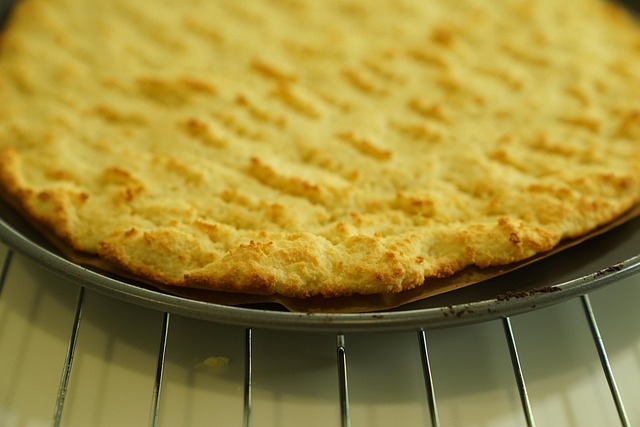
In real-world applications, destratification fans have proven to be powerful tools in reducing monthly utility bills. Businesses and institutions across various sectors are witnessing significant energy savings by implementing this air mixing technology. For instance, schools that install ceiling-mounted fans during warmer months can effectively prevent the accumulation of warm air near the ceilings, where most heating is lost. This simple adjustment has led to notable drops in HVAC energy consumption and overall utility bills.
Similarly, industrial cooling processes benefit immensely from destratification fans. By redistributing warm air throughout a warehouse or factory, these fans help maintain a more uniform temperature, reducing the reliance on excessive cooling systems. This not only translates to substantial energy savings but also improves the efficiency of HVAC systems in commercial applications. As a result, many businesses are turning to ceiling-mounted fans as a cost-effective and environmentally friendly solution for temperature control.
Destratification fans emerge as a powerful tool in the pursuit of energy efficiency and cost savings. By understanding their unique benefits and implementing them strategically, businesses and homes can significantly reduce energy consumption and lower monthly utility bills. The real-world success stories highlighted in this article underscore the potential of destrat fans to revolutionize energy management, making them a smart investment for anyone looking to save money and protect the environment.









